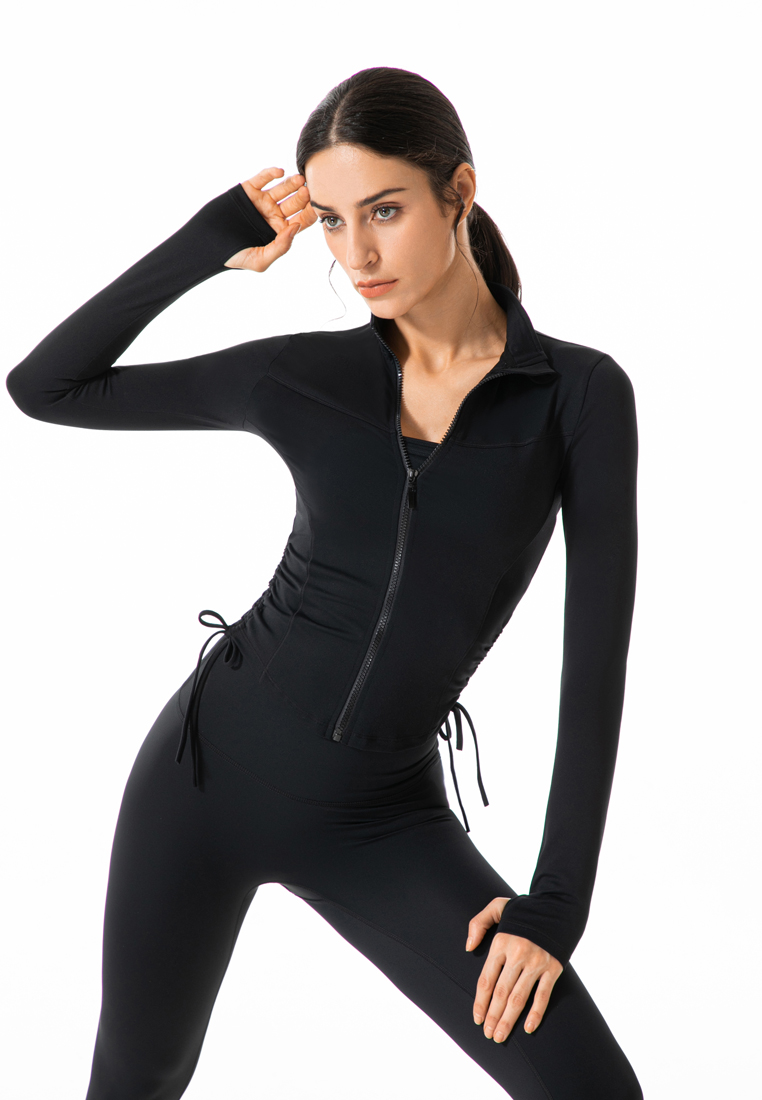When it comes to choosing the perfect fabric for your bedding, clothing, or home décor, two names often rise to the top of the list: Egyptian cotton and linen. Both materials boast unique qualities and have their own dedicated fan bases. But which one is truly better? In this comprehensive analysis, we will delve into the characteristics, benefits, and drawbacks of each fabric, helping you make an informed decision based on your specific needs and preferences.
Understanding the Basics: Egyptian Cotton and Linen
Egyptian Cotton is renowned for its long, silky fibers, which are harvested from the Gossypium barbadense plant. This type of cotton is primarily grown in the Nile River Valley, where the climate and soil conditions contribute to its superior quality. Egyptian cotton is often associated with luxury due to its softness, durability, and breathability.
Linen, on the other hand, is made from the fibers of the flax plant. This ancient fabric has been used for thousands of years and is celebrated for its natural luster and crisp texture. Linen is known for its exceptional breathability and moisture-wicking properties, making it an ideal choice for warm climates.
Comfort and Feel: A Sensory Experience
When it comes to comfort, both Egyptian cotton and linen have their unique advantages. Egyptian cotton is often described as soft and smooth, providing a luxurious feel against the skin. Its long fibers result in fewer loose threads, which means less pilling and a more refined texture over time.
Linen, while initially more textured and crisp, becomes softer with each wash. Its natural breathability allows for excellent air circulation, making it a popular choice for hot summer nights. However, some may find its initial stiffness less appealing compared to the silky touch of Egyptian cotton.
Durability and Longevity: A Test of Time
Durability is a crucial factor when investing in textiles. Egyptian cotton is known for its strength and resilience. The long fibers not only contribute to its softness but also enhance its durability, allowing it to withstand frequent washing and wear. High-quality Egyptian cotton can last for years, maintaining its luxurious feel and appearance.
Linen, too, is incredibly durable. In fact, it is often said that linen becomes stronger when wet, making it less prone to tearing. However, it is worth noting that linen is more susceptible to wrinkling, which can be a drawback for those who prefer a crisp, polished look.
Maintenance and Care: The Practical Side
Caring for your textiles is essential for maintaining their quality. Egyptian cotton is relatively easy to care for; it can be machine washed and dried, although it is recommended to use a gentle cycle and avoid high heat to preserve its softness.
Linen requires a bit more attention. While it is machine washable, it is best to wash it in cold water and line dry to prevent shrinkage and maintain its integrity. Additionally, linen wrinkles easily, which may necessitate ironing for those who prefer a smooth finish.
Environmental Impact: Sustainability Matters
In today’s eco-conscious world, the environmental impact of textiles cannot be overlooked. Egyptian cotton farming can be resource-intensive, requiring significant amounts of water and pesticides. However, sustainable practices are becoming more common, with some producers adopting organic farming methods.
Linen, on the other hand, is often considered a more sustainable option. Flax requires less water and fewer pesticides compared to cotton, making it a more environmentally friendly choice. Additionally, linen is biodegradable, which adds to its appeal for eco-conscious consumers.
Cost Considerations: Value for Money
When it comes to price, Egyptian cotton typically falls into the higher end of the spectrum due to its luxurious reputation and quality. However, investing in high-quality Egyptian cotton can yield long-term benefits in terms of durability and comfort.
Linen can also be pricey, especially for high-quality varieties. However, its durability and timeless appeal can justify the investment. Ultimately, the choice between the two may come down to personal preference and budget.
Conclusion: Making the Right Choice for You
So, what is better: Egyptian cotton or linen? The answer largely depends on your individual needs and preferences. If you prioritize a soft, luxurious feel and are willing to invest in a high-quality product, Egyptian cotton may be the way to go. On the other hand, if you seek breathability, sustainability, and a fabric that improves with age, linen could be your ideal choice.


